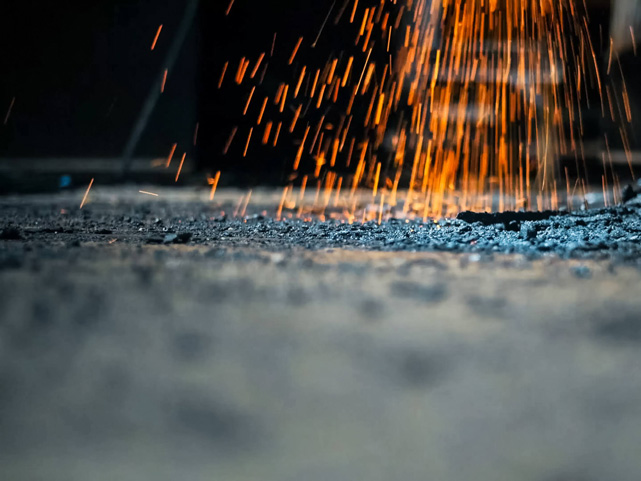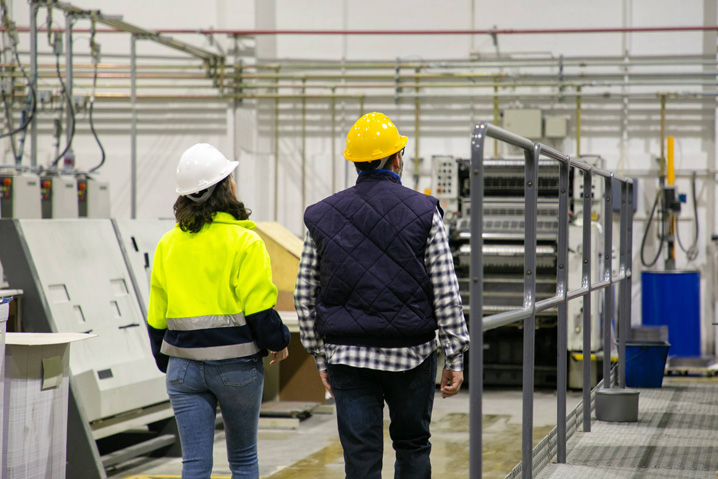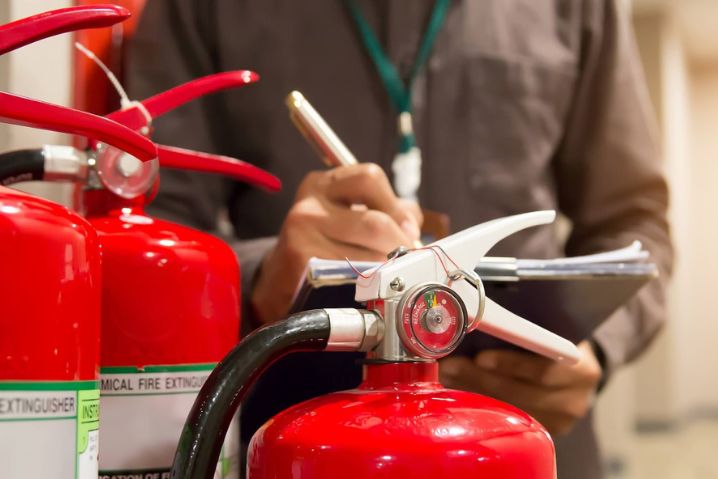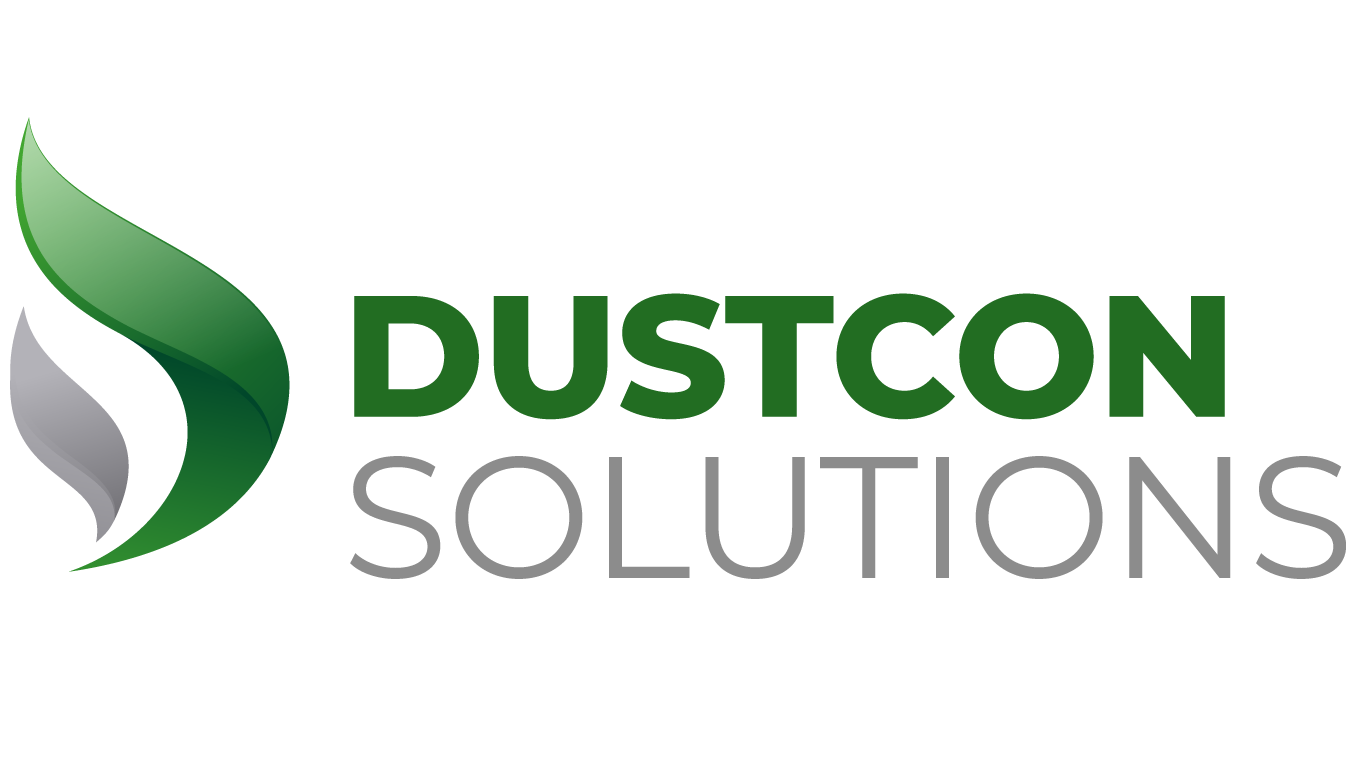

What is Combustible Dust Explosion Prevention?
Combustible dust explosions can be prevented by implementing effective cleaning methods in areas where combustible dust is generated or accumulates. Effective cleaning methods aide in preventing combustible dust explosions:
- Wet Cleaning: Wet cleaning involves the use of water or another liquid to clean surfaces, equipment, and floors. This method is effective because it can prevent dust from becoming airborne and creating an explosion hazard. However, it is important to ensure that the cleaning liquid used is non-flammable and does not react with the dust.
- Vacuuming: Vacuuming is an effective cleaning method for removing combustible dust. However, it is important to use a vacuum that is designed for use in hazardous environments and has a high-efficiency particulate air (HEPA) filter to prevent dust from escaping into the air.
- Compressed Air: Compressed air can be used to blow dust off surfaces and equipment. However, this method can also create a significant explosion hazard if the dust is not properly contained or if there are ignition sources nearby. Therefore, it is important to use compressed air carefully and only in areas where it is safe to do so.
- Grounding and Bonding: Grounding and bonding are important safety measures that can prevent combustible dust explosions. These methods involve connecting metal objects to a grounding point or bonding them together to prevent static electricity from building up and potentially igniting the dust.
- Regular Inspections: Regular inspections of equipment and facilities can help identify areas where combustible dust is accumulating and ensure that cleaning methods are effective. Inspections can also help identify potential ignition sources and other hazards that could lead to a dust explosion.
It is important to note that cleaning methods alone may not be enough to prevent combustible dust explosions. Implementing other safety measures, such as ventilation, explosion protection systems, and employee training to ensure that all hazards are effectively managed.


Combustible dust explosions are a serious hazard in many industries, including agriculture, chemicals, food processing, metalworking, pharmaceuticals, and textiles. These explosions can cause significant damage to equipment, buildings, and even loss of life. Preventing combustible dust explosions requires a comprehensive approach that includes identifying the sources of combustible dust, implementing engineering controls, developing safe work practices, and training employees.
- Identify Sources of Combustible Dust The first step in preventing combustible dust explosions is identifying the sources of combustible dust in your facility. Combustible dust is any finely divided solid material that can ignite and explode when dispersed in air. Common sources of combustible dust include wood, plastics, metals, food products, and organic materials. Conduct a thorough inspection of your facility to identify all areas where combustible dust may be present, including floors, walls, ceilings, machinery, and ventilation systems.
- Implement Engineering Controls Once you have identified the sources of combustible dust in your facility, the next step is to implement engineering controls to prevent explosions. Engineering controls are physical measures that are designed to reduce the risk of fire or explosion. Examples of engineering controls include:
- Dust collection systems: Install dust collection systems that capture combustible dust at the source and transport it to a safe location for disposal. Implementing an effective dust collection system and performing regular inspections to identify hazardous dust are important steps in preventing combustible dust explosions.
- Hazardous Dust Inspection: Regular inspections can help identify areas where combustible dust may be accumulating, as well as potential ignition sources. An inspection should include the use of specialized tools such as dust meters and particle counters to measure the amount and type of dust in the air. A visual inspection of surfaces, equipment, and electrical systems can identify potential hazards that need to be addressed.
- Hazardous Dust Control: This may involve implementing engineering controls such as ventilation systems or changing work processes to minimize dust generation. Personal protective equipment such as respirators may also be necessary to protect workers from exposure to hazardous dust.
- Ventilation systems: Ensure that ventilation systems are properly designed and maintained to prevent the buildup of combustible dust.
- Explosion protection systems: Install explosion protection systems, such as explosion vents, flameless vents, or explosion suppression systems, to minimize the damage from a potential explosion.
- Grounding and bonding: Ensure that all equipment and machinery are grounded and bonded to prevent the buildup of static electricity, which can ignite combustible dust.
3. Develop Safe Work Practices In addition to implementing engineering controls, it is important to develop safe work practices that minimize the risk of combustible dust explosions. Safe work practices are procedures that are designed to prevent accidents and promote safety in the workplace. Examples of safe work practices include:
- Regular cleaning: Develop a regular cleaning schedule that includes all areas where combustible dust may accumulate, including floors, walls, ceilings, machinery, and ventilation systems.
- Proper storage: Store combustible materials in appropriate containers and in designated areas that are separate from sources of ignition.
- Control ignition sources: Minimize the use of ignition sources, such as open flames, hot surfaces, and sparks, in areas where combustible dust may be present.
- Personal protective equipment: Provide employees with appropriate personal protective equipment, such as respirators, goggles, and gloves, to protect them from exposure to combustible dust.
4.Train Employees Finally, it is important to train employees on the hazards of combustible dust and the measures that are in place to prevent explosions. Employee training should include:
- Hazard communication: Inform employees about the types of materials that can create combustible dust and the hazards associated with these materials.
- Safe work practices: Train employees on safe work practices, such as proper cleaning procedures, storage of combustible materials, and control of ignition sources.
- Emergency response: Develop an emergency response plan that includes procedures for evacuating the facility, contacting emergency services, and containing the damage from an explosion.
Preventing combustible dust explosions requires a comprehensive approach that includes identifying the sources of combustible dust, implementing engineering controls, developing safe work practices, and training employees. By taking these steps, you can minimize the risk of combustible dust explosions and promote a safe and healthy workplace. It is important to stay up to date with regulations and guidelines from organizations such as OSHA (Occupational Safety and Health Administration) and the NFPA (National Fire Protection Association) to ensure that your facility is in compliance and taking appropriate measures to prevent combustible dust explosions.


Addressing NFPA 652 Standard Regarding Combustible Dusts
Do you operate a facility that requires you to engage with substances that are dusty or powdery in n


6 Industries Added by OSHA to the Combustible Dust NEP Program
n late January 2023, a new version of the Combustible Dust National Emphasis was issued by the Occup


Ensuring the Safety of Facility Through Dust Explosion Test Data
“Could it be a problem if my powder has demonstrated 3mJ of minimum ignition energy and 256 bar.m/






